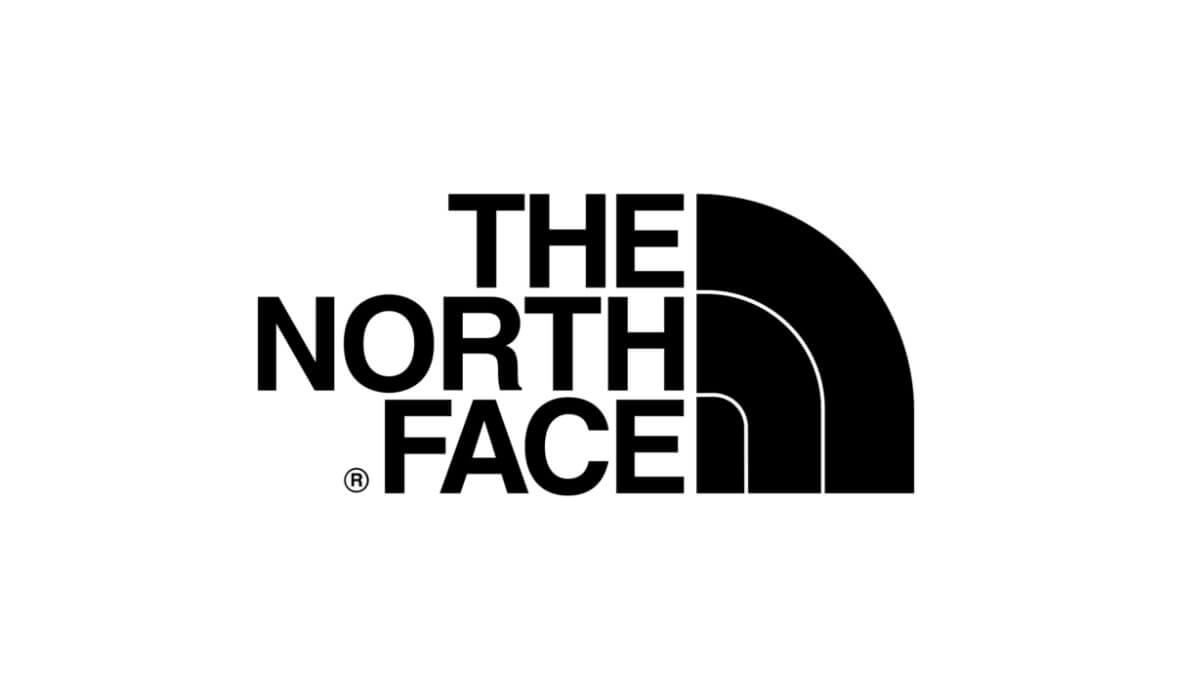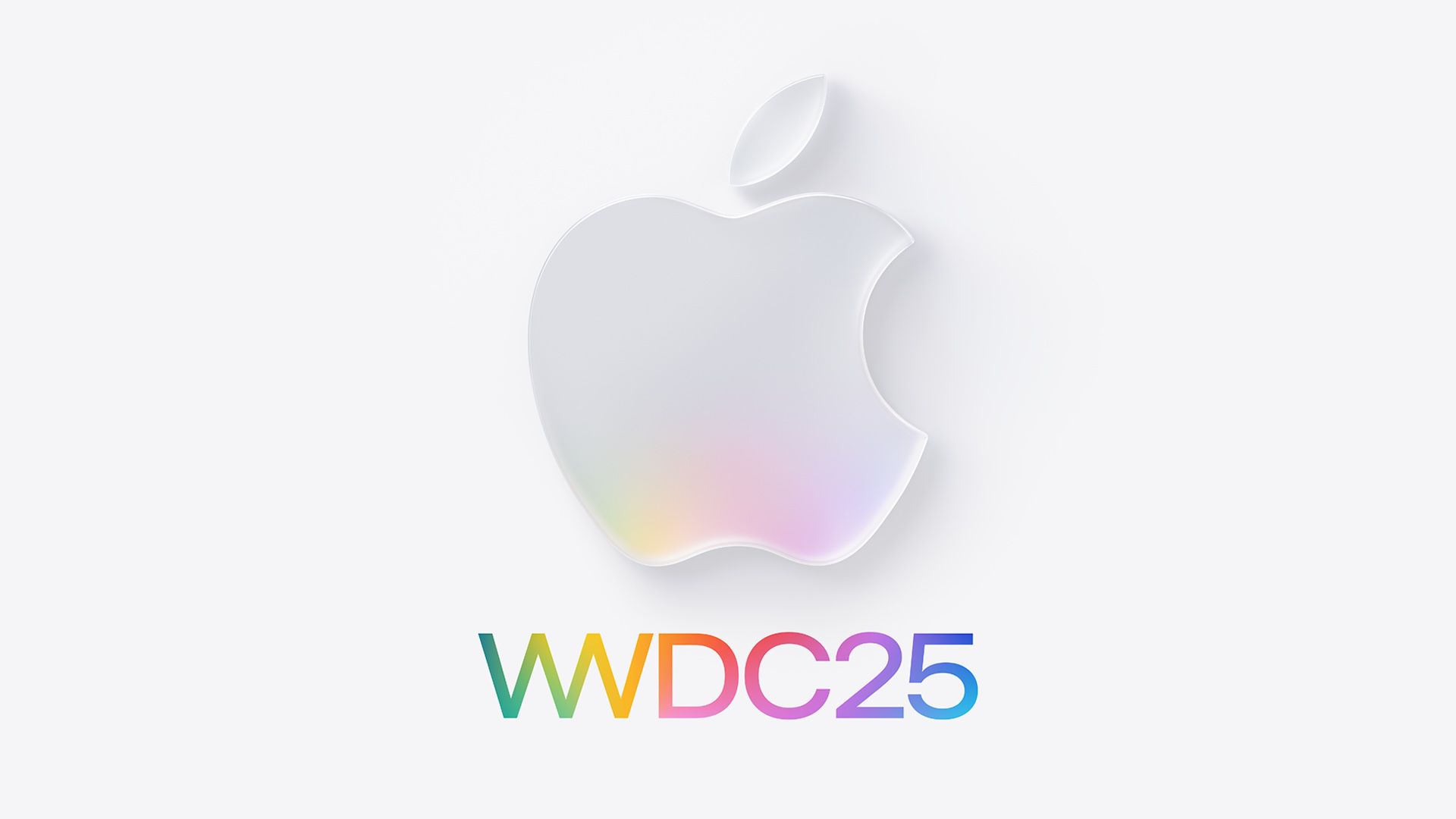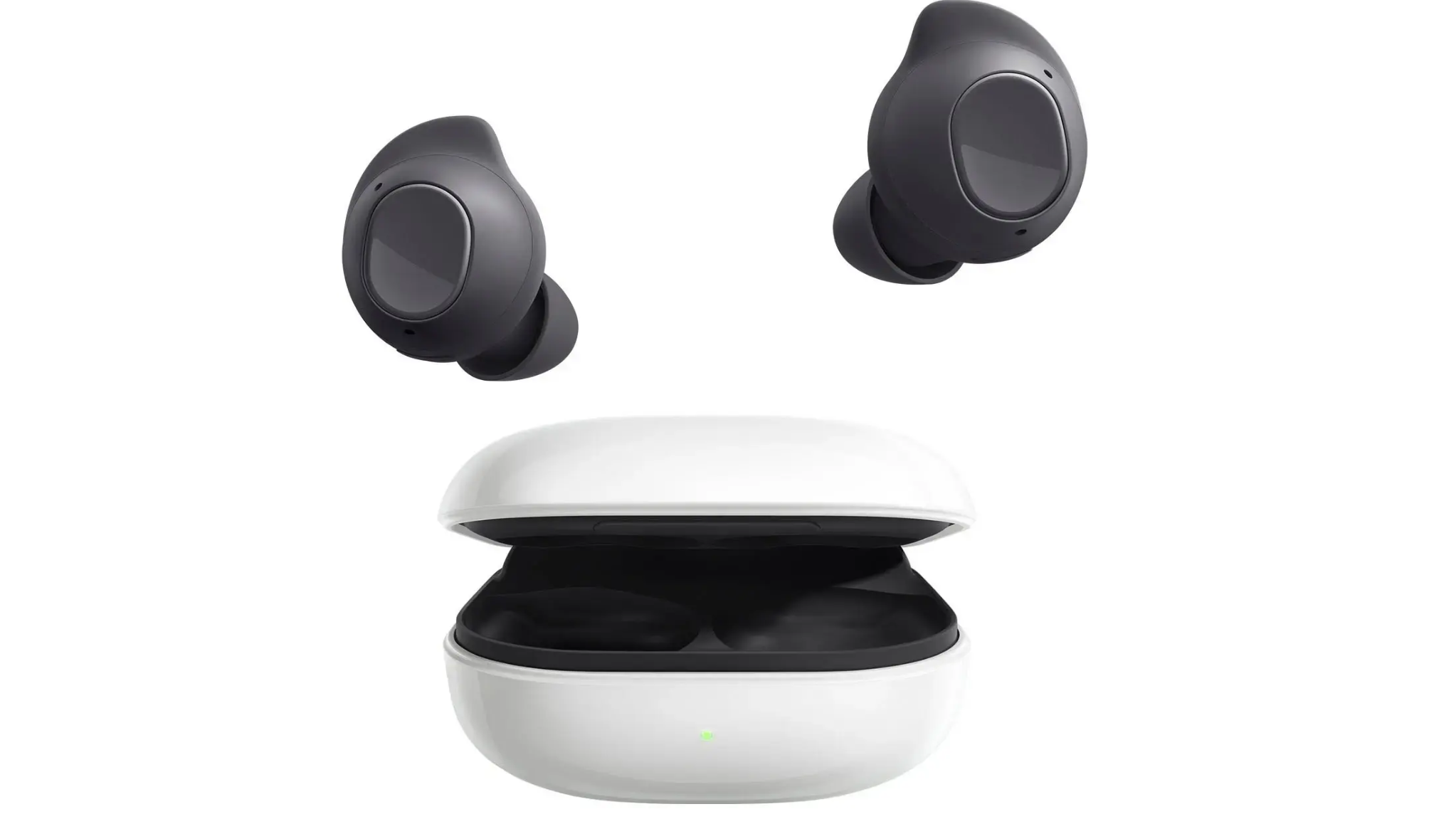The Future of Investment Research with Autonomous AI Agents
The finance industry has always valued speed and precision. Historically, these characteristics depended wholly on human foresight and spreadsheet sorcery. The emergence of autonomous AI agents is poised to fundamentally transform this landscape. AI agents are already widely employed across industries: to automate customer service, write code, and screen interview candidates. But Wall Street? That’s […] The post The Future of Investment Research with Autonomous AI Agents appeared first on Unite.AI.


The finance industry has always valued speed and precision. Historically, these characteristics depended wholly on human foresight and spreadsheet sorcery. The emergence of autonomous AI agents is poised to fundamentally transform this landscape.
AI agents are already widely employed across industries: to automate customer service, write code, and screen interview candidates. But Wall Street? That’s always been a tougher nut to crack, for multiple reasons. Stakes are high, accuracy bar is high, data is messy, and the pressure is unrelenting.
As nobody wants to ride a fax machine to work and miss out on all the AI hype, fintech’s already showing us just how game-changing this wave is. Automation, for instance, is eliminating inefficiencies for investment research and due diligence. The rise of financial-grade autonomous agents feels less like a trend and more like a turning point.
Autonomous AI agents for investment research: what are they?
Let’s start with the basics. What are autonomous AI agents? In essence, they’re specialized software equipped with large language models, memory, and agent orchestration to perform highly cognitive tasks that typically require humans. Autonomous AI agents to digest enormous datasets, spot patterns, and return insights that used to take weeks to uncover. This isn’t some middle-of-the-road automation. AI agents have the potential to cut through information noise, accurately track market signals, and generate research that meets the bar of serious institutional rigor.
Picture AI agents as always-on digital analysts tapping into everything from SEC filings and earnings calls to patent databases, user reviews, and news feeds. Unlike legacy tools that just organize data into neat folders, these agents can mirror actual “thinking.” They frame context, connect dots, and produce insights worth being strategic briefings. They can even format it all into investor-ready slide decks. In an industry where every minute matters, that kind of intelligence isn’t just helpful — it can be decisive.
Tools like those created by Wokelo AI are a clear signal of where things are going. As the first AI agent custom-built for institutional finance, it’s already picking up steam across firms like KPMG, Berkshire Partners, EY, Google, and Guggenheim. By scanning over 100,000 live sources and producing high-quality research in minutes, autonomous AI agents are turning what used to be a bottleneck into a superpower. Take the example of M&A. AI-powered research tools can dig into product offerings and synergy potential, enabling investors or consultants discover unexpected investment opportunities in a fraction of the time. Real-time data analytics and on-demand deep dives allow us to catch early market signals when they give investors the most competitive edge.
None of this happened in a vacuum. The industry’s quietly evolved: where early tools were rigid and reactive; today’s AI agents are agile, contextual, and constantly learning. The new financial intelligence is built to save us time, money, and human mistakes.
The power of pattern recognition at scale
And it’s not just speed that makes AI agents a good fit for investment research. If anything, it’s scale. Human researchers hit cognitive limits, bring unconscious bias to the table, and can’t always perform at the top of their ability. Well, AI doesn’t flinch. It ingests everything: , deal data, news sentiment, customer reviews, social signals — you name it. It can flag anomalies across quarterly reports, spot sector momentum before it trends, and tie disparate data points together to reveal shifts no human could track in real time.
For instance, AI tools for financial research can surface early indicators of biotech breakthroughs or trace the downstream effects of a major M&A move across global supply chains. All without the marathon hours analysts are used to. Is this a way to get more tasks done? Yes. But it also unlocks a literally superhuman level of pattern recognition.
Besides, the accuracy is unprecedented. Unlike humans, AI doesn’t know burnout, and it doesn’t miss signals buried in noise. That alone upgrades the quality of insight firms are working with. In terms of overall productivity, it means, for instance, a 50-70% reduction in research hours per prospective deal and a 40% reduction in FTE research effort required for diligence reports. But the real unlock? Letting analysts spend less time on dry research tasks and more time on higher order tasks, like judgment calls, narratives, client relationships, and high-leverage decisions. AI handles the heavy data lifting, answering what, why, how; humans focus on what next. That’s not just cost-efficiency but a smarter division of labor.
Challenges? Yes, those are being worked on
Let’s get one thing straight: AI agents aren’t magic. They’re only as sharp as the data they’re trained on. Feed them noise, and you’ll get noise back, just faster—that’s the good old “garbage in, garbage out” problem. Data quality is still the Achilles’ heel of autonomous agents. Incomplete datasets, stale intel, or baked-in bias can throw even the most advanced models off course. Companies pioneering AI for financial research are actively mitigating this challenge by pulling from a vetted, ever-expanding set of high-integrity sources.
Next big issue is the regulatory maze. Financial markets are a compliance battlefield, and any autonomous AI agent employed there must align with evolving legal and policy standards. For companies delivering these tools to the market, this means constant calibration, legal oversight baked into development cycles, and deep collaboration between data science and compliance teams. Some already feature SOC 2-compliant, zero-trust architecture, ensuring data privacy, and more tools are being developed to fit highly-regulated industries like finance.
When algorithms drive decisions at any level at all, accountability for when things go sideways is paramount. The logic behind an AI’s call needs to be transparent at all times, which forms an active challenge for anyone employing AI in high-stakes environments like financial research. While AI can crunch numbers, surface signals at superhuman speed, and even pass the Turing test, at this very moment it still lacks human capacity for contextual judgment. When markets get unpredictable, this can form a serious problem. That’s why the future isn’t AI versus human analysts. It’s AI with analysts, where AI takes care of the legwork, so human experts can focus on what they do best: spotting what machines might miss.
Rethinking the analyst’s role in the age of AI
Here’s the mind-bender: the financial analyst of the near future will go beyond just using AI. As autonomous AI agents for research become more widely spread and better embedded in workflows, the human job is very likely to morph into that of a curator, trainer, and strategic partner to the robot. That means a skill set shift: from finance as such to interdisciplinary fluency, where understanding machine learning, prompting at a pro-level, spotting gaps in logic, and interpreting black-box outputs become paramount dexterities.
And we shouldn’t view it as a threat — because it’s more of an upgrade. The analysts who thrive will be those who can steer AI, question it, and push it to its limits. Good thing it’s about time to spend less time proving things and more time asking better questions. AI tools aren’t eliminating analysts — they’re unburdening them. In doing so, the entire practice of investment research is elevating. Less stress, more insight. Less noise, more signal. And it's already happening.
What to expect next
So the hybrid future of investment research looks very much powered by AI and steered by humans. That would mean deeper integrations where autonomous agents learn from analyst feedback, constantly refining their output based on machine-human interaction.
It isn’t a stretch to think that in the shortest time, multimodal agents will be able to analyze not just text. Charts, audio, and video are up next. Agents like that won’t just anticipate market moves, they’ll be able to predict investor behavior. Now, picture real-time collaboration where AI delivers top-notch research and actively collaborates with human analysts in the strategic process. Will this disrupt the old guard? Without a doubt. The legacy research model — slow, expensive, labor-heavy — is out of step with today’s velocity. For traditional firms unwilling to adapt, the options are stark: evolve, consolidate, or get left behind.
VCs and private equity teams are early movers. Many of them already use AI to expand deal pipelines and sharpen due diligence. Hedge funds and asset managers aren’t far behind, especially as returns get squeezed and edge becomes harder to find. Eventually, we’ll see this trickle down: retail investors tapping “lite” versions of autonomous agents, putting elite-level insight into the hands of the many.
Rewriting the research playbook
Clinging to traditional research models in finance research doesn’t seem a smart choice. Embracing a new paradigm powered by autonomous AI agents will make those who act early the biggest winners. The future is all about human analysts working together with the machine. In investment research, that might just be the ultimate edge.
The post The Future of Investment Research with Autonomous AI Agents appeared first on Unite.AI.





























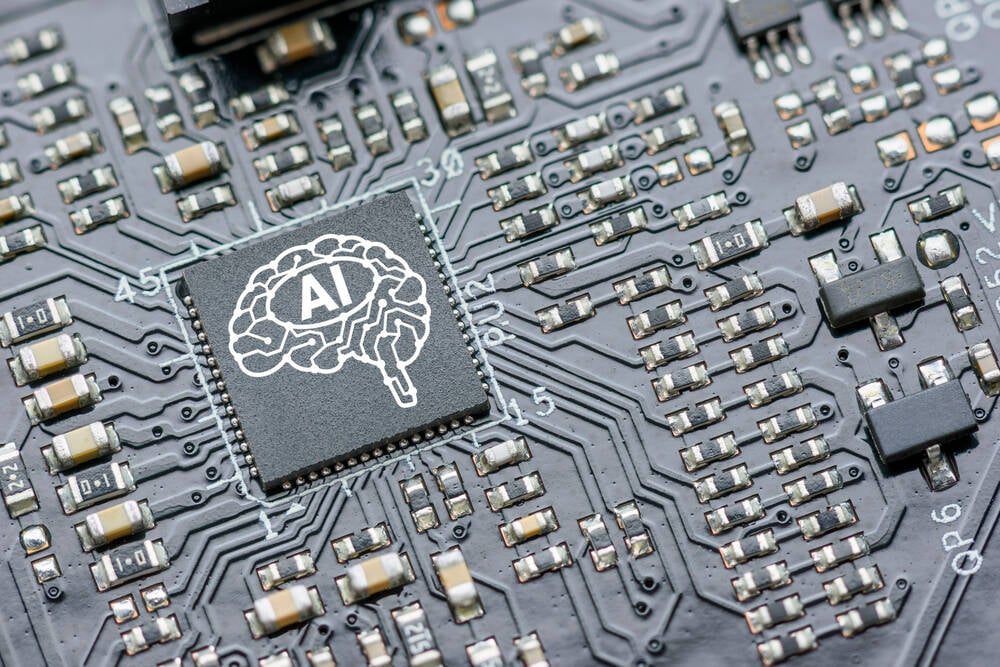



















































































































































![[The AI Show Episode 151]: Anthropic CEO: AI Will Destroy 50% of Entry-Level Jobs, Veo 3’s Scary Lifelike Videos, Meta Aims to Fully Automate Ads & Perplexity’s Burning Cash](https://www.marketingaiinstitute.com/hubfs/ep%20151%20cover.png)



















































































































































![Z buffer problem in a 2.5D engine similar to monument valley [closed]](https://i.sstatic.net/OlHwug81.jpg)


























































































.png?width=1920&height=1920&fit=bounds&quality=70&format=jpg&auto=webp#)




















_Kjetil_Kolbjornsrud_Alamy.jpg?width=1280&auto=webp&quality=80&disable=upscale#)




















































































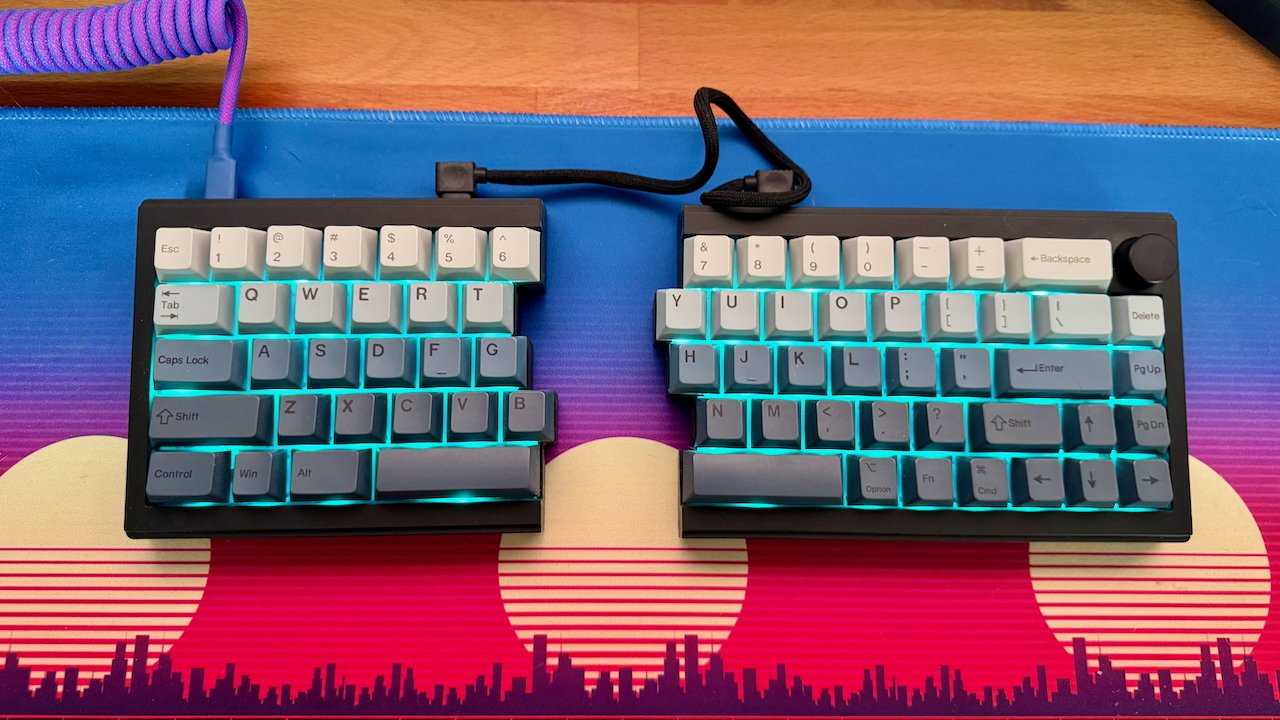


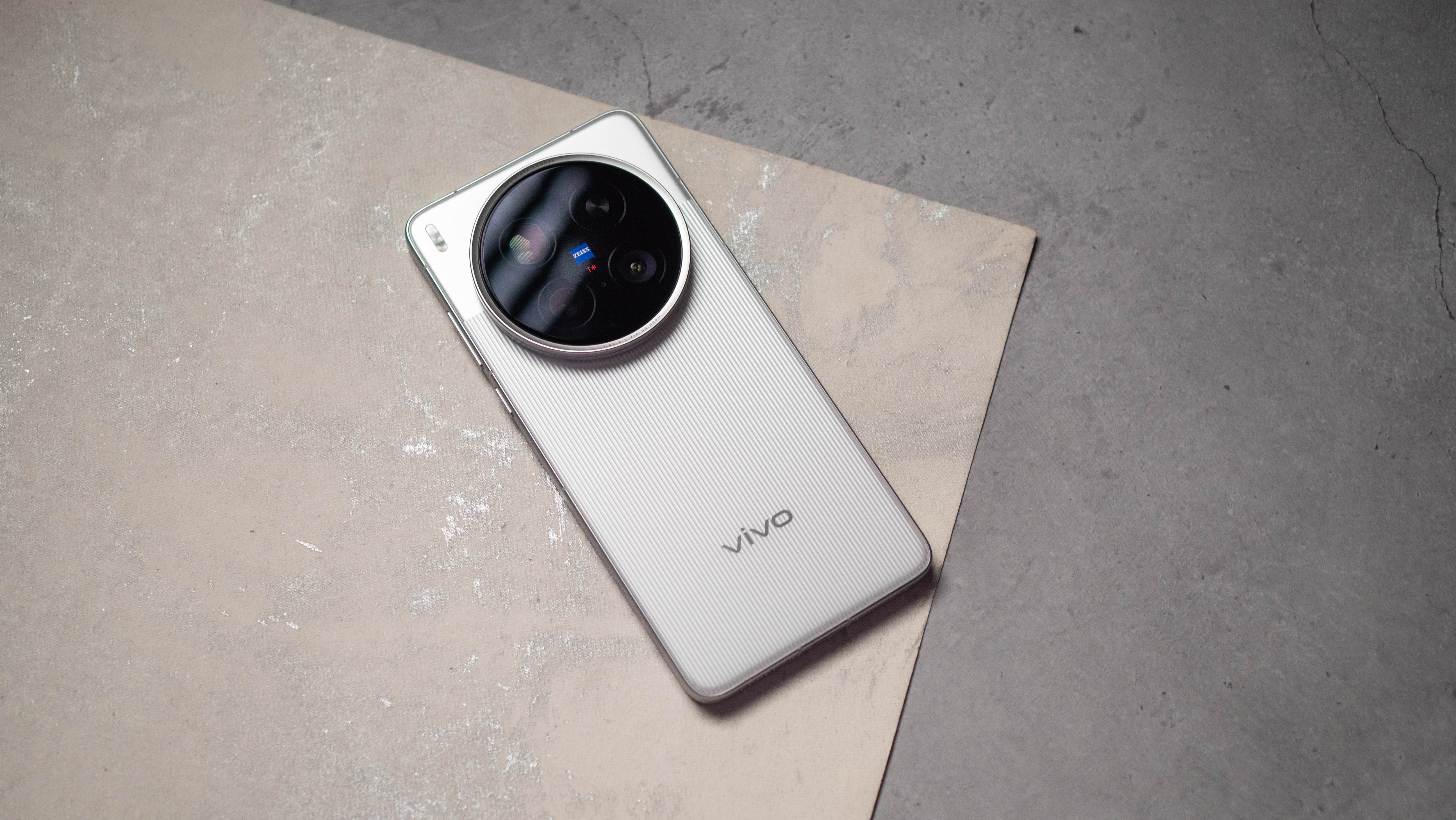








![Samsung teases Galaxy Z Fold 7 with an absolutely bizarre ‘Ultra experience’ [Video]](https://i0.wp.com/9to5google.com/wp-content/uploads/sites/4/2025/06/galaxy-z-fold-7-teaser-1.jpg?resize=1200%2C628&quality=82&strip=all&ssl=1)
















![iPhone 18 Pro, iPhone Fold to Feature New A20 Chip With Advanced WMCM Packaging [Report]](https://www.iclarified.com/images/news/97494/97494/97494-1280.jpg)



